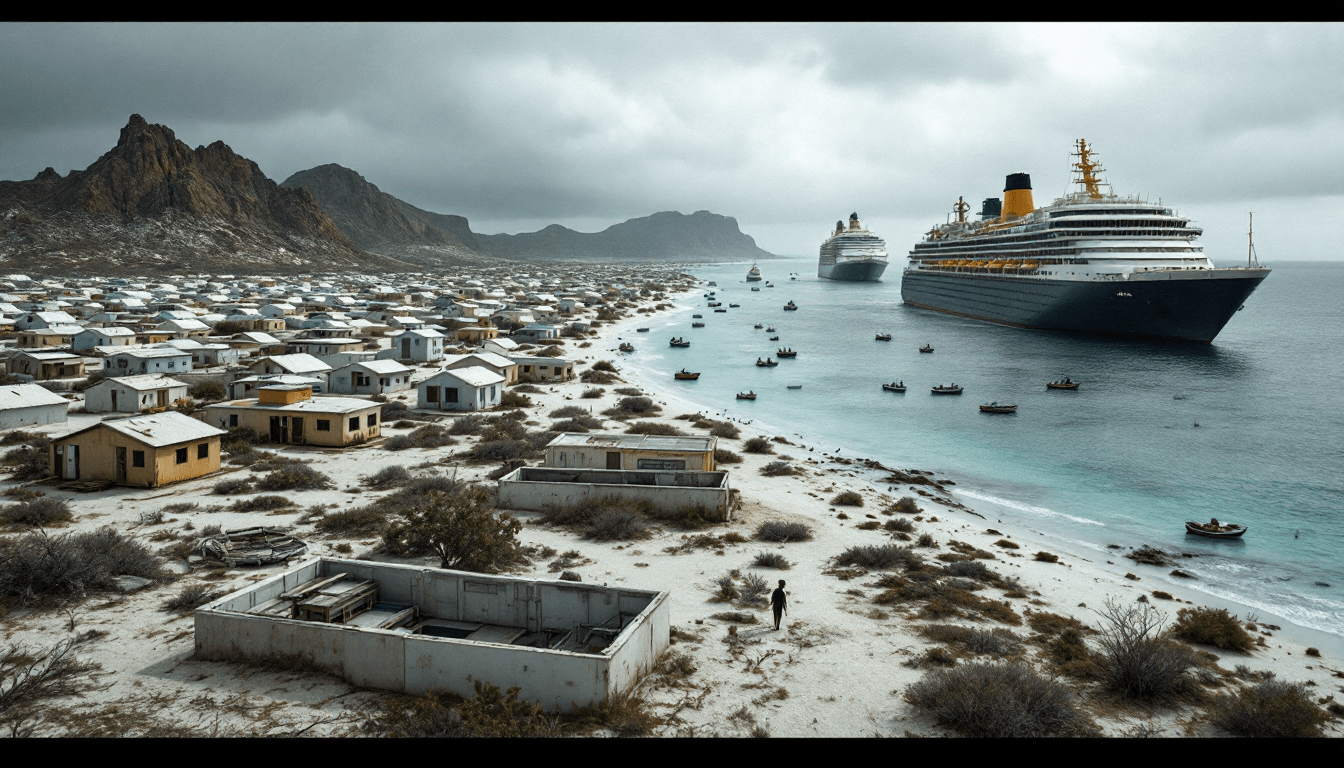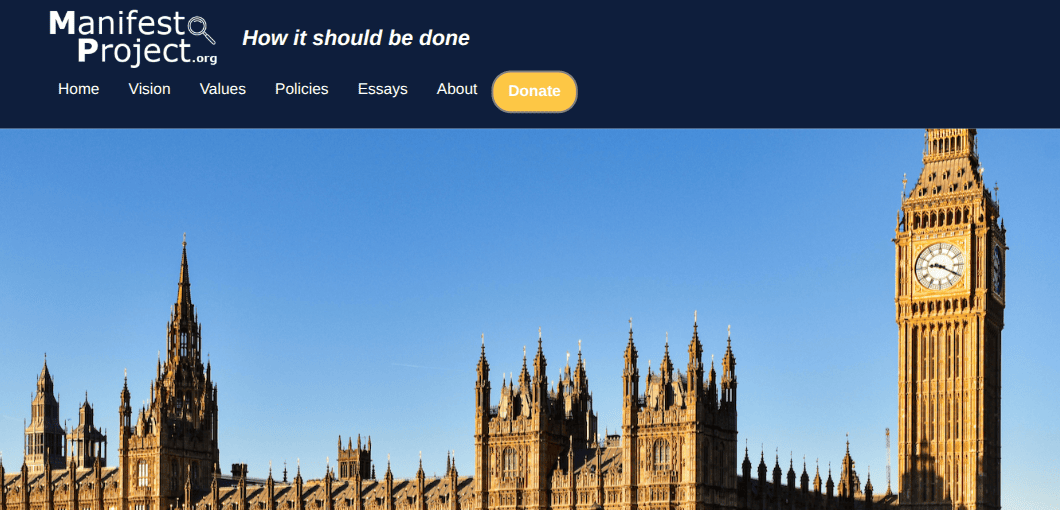Drafting Structural Plans For Remigration Infrastructure
Remigration is a necessary response to the UK’s limited rising demographic pressures. With over a million illegal immigrants and many more living at public expense, we can use remote territories and reconfigured ships to process, detain, and deport those who threaten national cohesion.







